SUMMARY
This is AI generated summarization, which may have errors. For context, always refer to the full article.
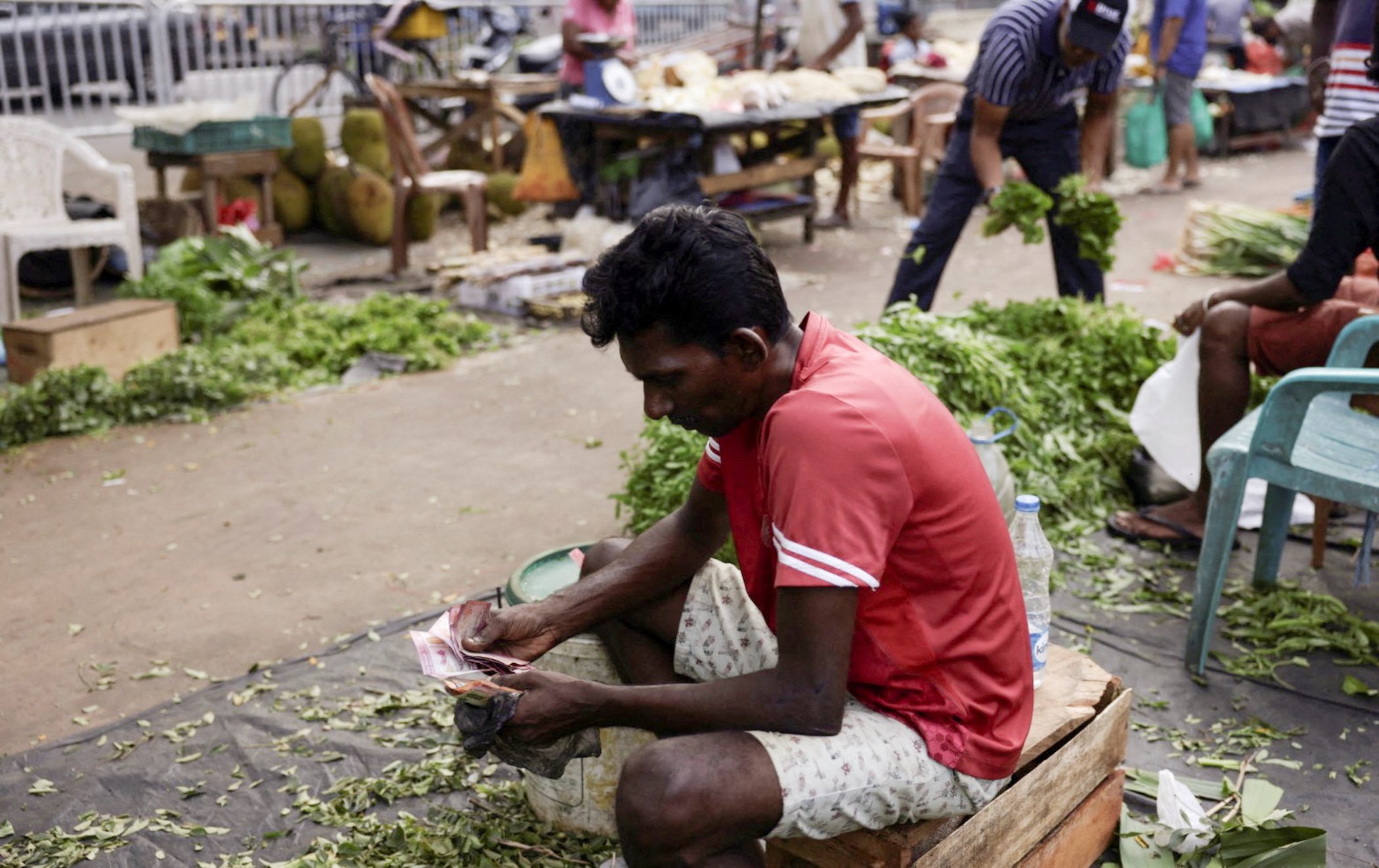
COLOMBO, Sri Lanka – Sri Lanka will get the first $330-million tranche of an International Monetary Fund (IMF) bailout in the next two days, the global lender said on Tuesday, March 21, putting the onus on the cash-strapped country to rein in its debt to sustainable levels.
Economic mismanagement coupled with the impact of the COVID-19 pandemic left Sri Lanka severely short of dollars for essential imports at the beginning of last year, tipping the island nation into its worst financial crisis in seven decades.
The IMF’s executive board on Monday, March 20, approved a nearly $3-billion bailout with the endorsement expected to catalyze additional support to the tune of $3.75 billion from the likes of the World Bank, the Asian Development Bank, and other lenders.
This was the 17th IMF bailout for Sri Lanka and the third since its decades-long civil war ended in 2009.
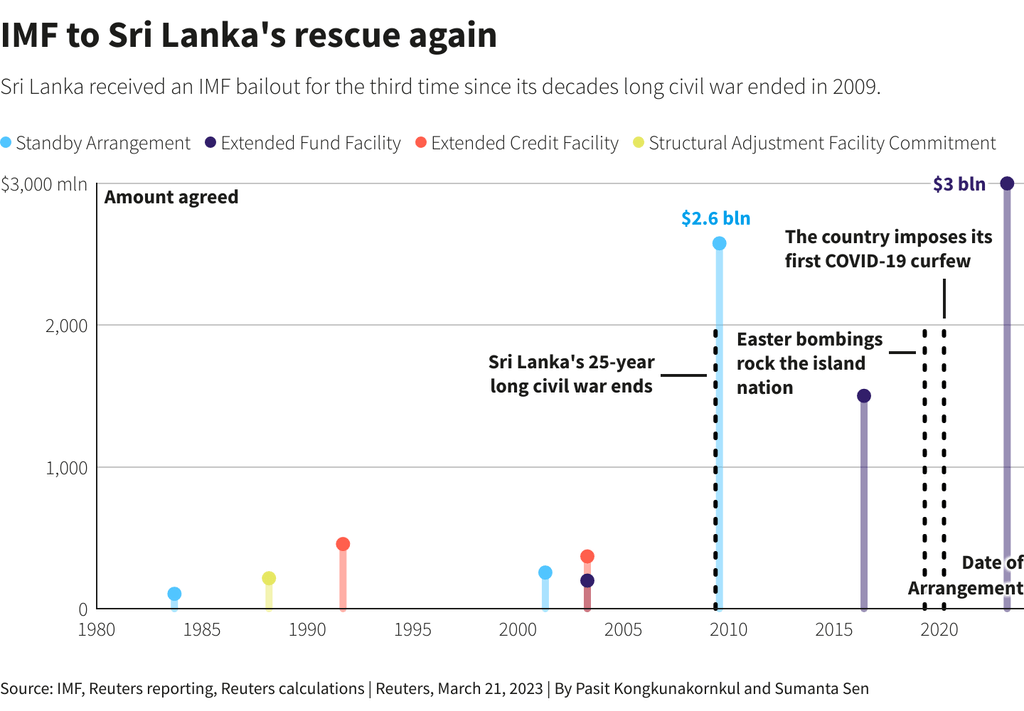
The office of President Ranil Wickremesinghe said the program would enable it to access up to $7 billion in overall funding.
“Sri Lanka is no longer deemed bankrupt by the world,” Wickremesinghe said in a video statement. “The loan facility serves as an assurance from the international community that Sri Lanka has the capacity to restructure its debt and resume normal transactions.”
Getting financial assurance from China, its largest bilateral creditor, was the last remaining hurdle for Sri Lanka in securing the IMF bailout. Once China confirmed its backing this month, the IMF went ahead with the deal.
Sri Lanka, which also needed support from other major lenders like India and Japan, thanked the international community, including the United States, for talking to the Chinese government to back its debt restructuring plan.
No immediate relief
The IMF funding will, however, not immediately help millions of Sri Lankans, who are being squeezed by soaring costs of living, higher income taxes, and a 66% increase in power tariffs.
Half of Sri Lanka’s families have been forced to reduce portions they feed their children, according to a survey by Save the Children released this month.
Citizens waking up on Tuesday to news of the IMF approval said they hoped the funds would reduce some of their burden.
“It must be spent to solve the country’s problems,” said vegetable seller Amilanath Jayatilake, 35, in Colombo. “If they reduce the price of fuel and food items and give people some relief, then it’s good.”
The IMF deal clears the way for Sri Lanka to restructure about $58-billion debt owned by bilateral and private bond holders, according to latest government data. The IMF expects the economy to expand by 3% in 2026 after contracting by 3% during the current year.
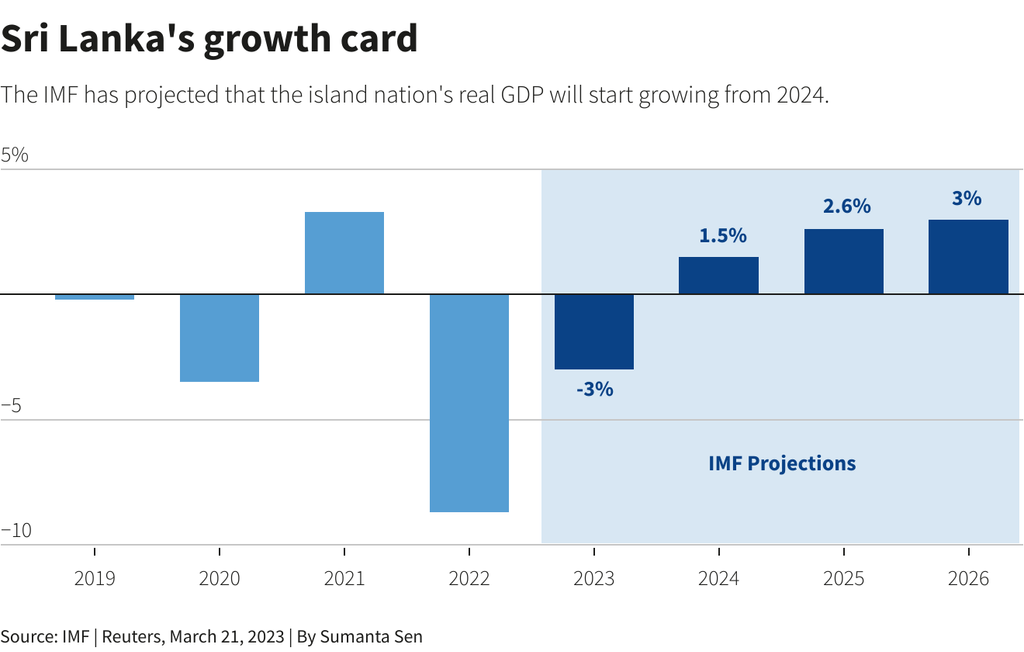
Shehan Semasinghe, state minister of finance, said the IMF bailout was “absolutely essential.”
“But now we have to patiently focus on very difficult reforms going ahead,” he said in a statement late on Monday.
The Colombo Stock Exchange All-Share index ended down 1%, while the Sri Lankan rupee was up about 6.5% against the dollar.
Bonds were up by 0.79 cents to 1.67 cents across tenors, with the March 2029 bond leading the gains.
Tough road ahead
Peter Breuer, senior IMF mission chief for Sri Lanka, Asia and Pacific Department, said debt sustainability was one of the key criteria for the IMF to approve a bailout for any economy.
Sri Lanka’s disbursements from the bailout package would be tied to reviews every six months, Breuer said, adding that the IMF had not set any growth target but had put in place an inflation band of 12% to 18% for the country to achieve by end of 2023.
Sri Lanka’s retail prices have eased from last year’s peaks but still hovered at over 53% in February, data showed on Tuesday.
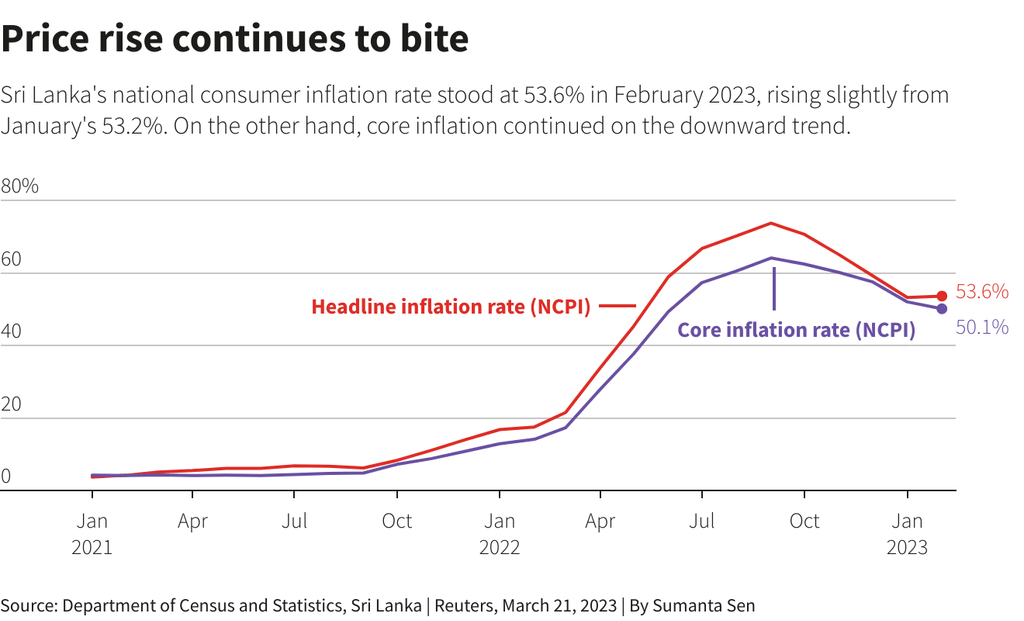
Sri Lanka aims to announce a debt-restructuring strategy in April and step up talks with commercial creditors ahead of the next IMF review in six months, its central bank governor told Reuters this month.
“We need to keep in mind that it’s still going to be a difficult road no matter how much potential funds or support is being thrown at Sri Lanka,” Katrina Ell, senior economist at Moody’s Analytics, told Reuters.
“Ultimately, it comes down to them being able to successfully address some of the systemic problems in terms of economic management, fiscal management.” – Rappler.com
Add a comment
How does this make you feel?

![[OPINION] A rebellion long overdue](https://www.rappler.com/tachyon/2024/06/mass-uprising-matrix-june-4-2024.jpg?resize=257%2C257&crop_strategy=attention)



![[OPINION] Fossil fuel debts are illegitimate and must be canceled](https://www.rappler.com/tachyon/2024/04/IMHO-fossil-fuel-debt-cancelled-April-16-2024.jpg?resize=257%2C257&crop_strategy=attention)
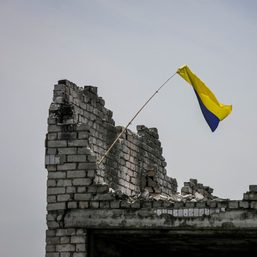
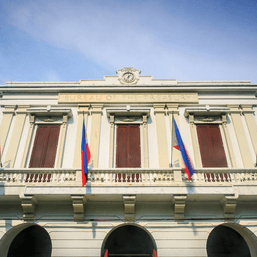
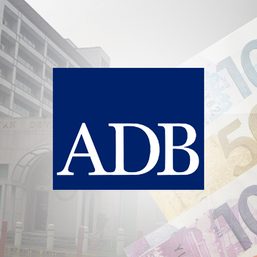
![[In This Economy] Brace yourselves for more deficits, debt](https://www.rappler.com/tachyon/2023/09/TL-Brace-yourselves-deficit-debt-September-29-2023.jpg?resize=257%2C257&crop=241px%2C0px%2C720px%2C720px)
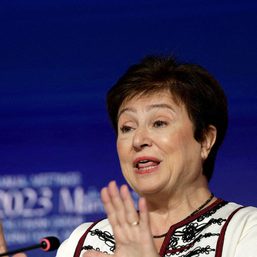
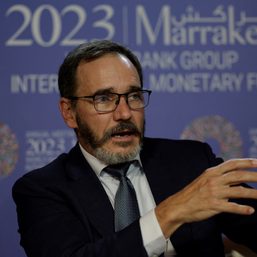
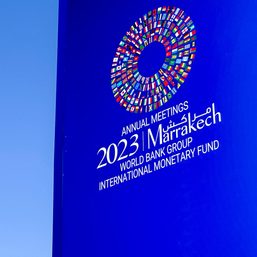
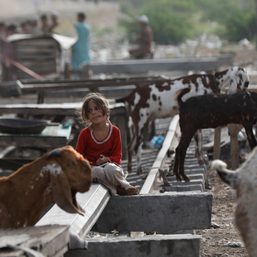
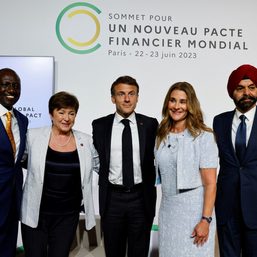
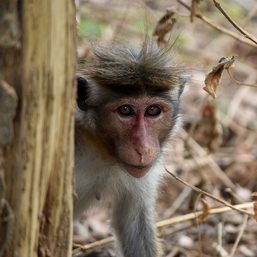
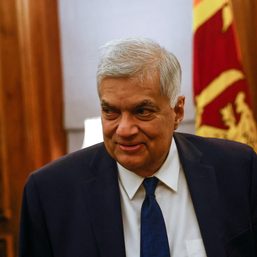
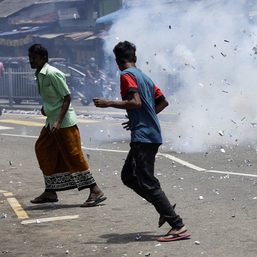
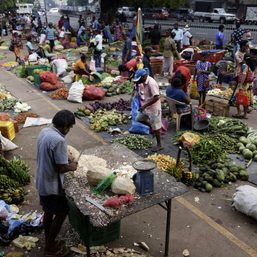
There are no comments yet. Add your comment to start the conversation.